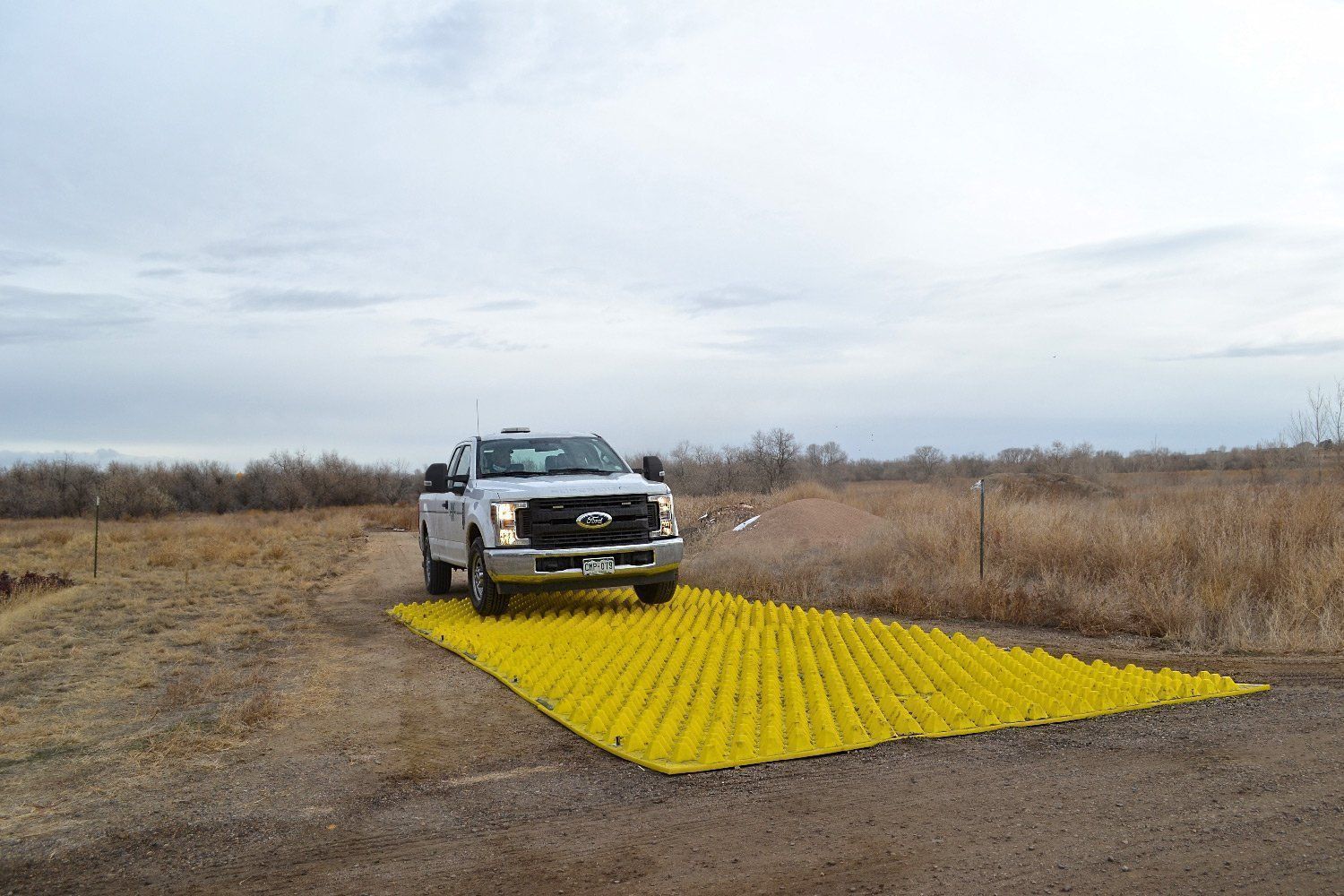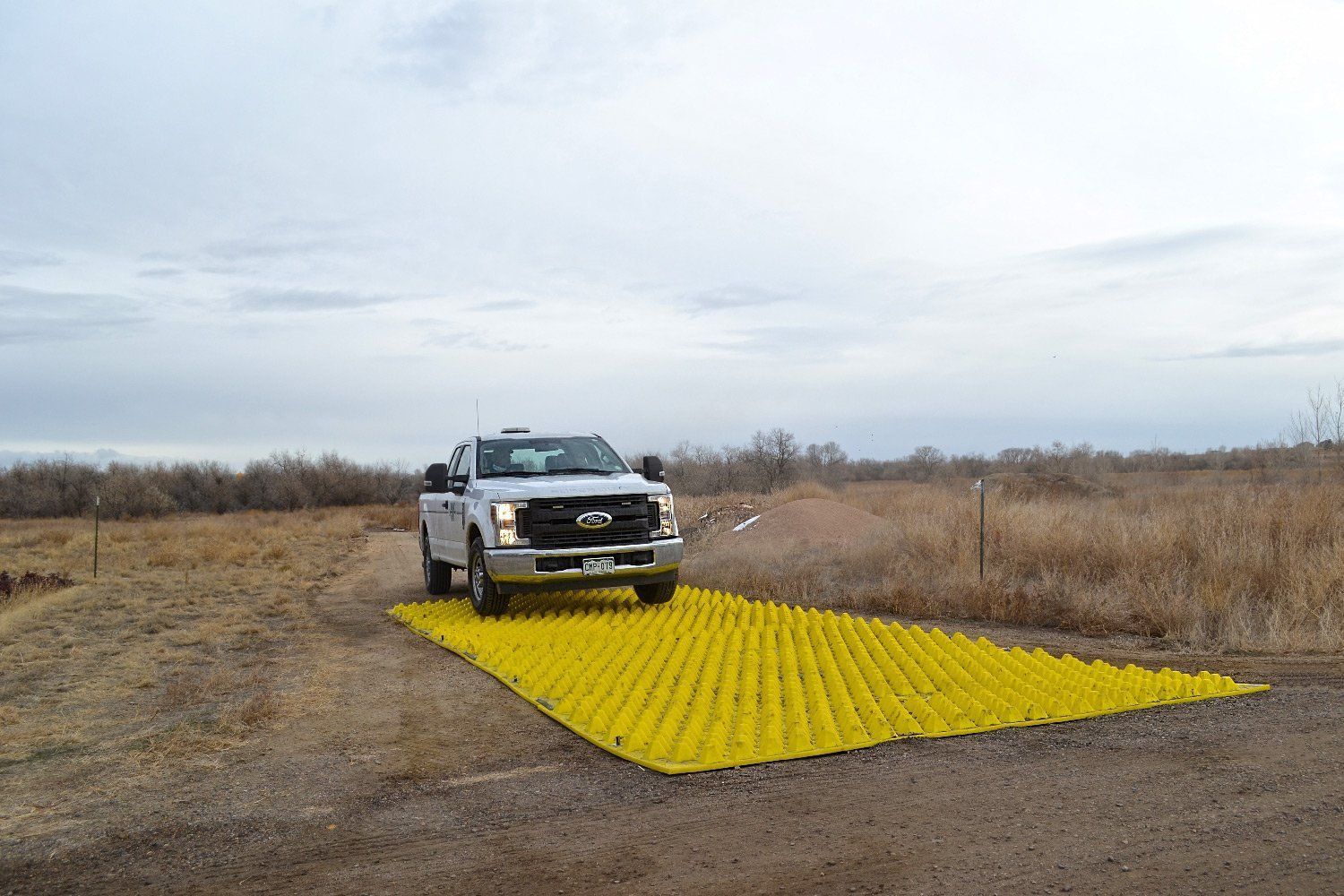20 Year Wastewater Infrastructure Improvements Program Begins on Erie North Water Reclamation Facility
Growth from nearby Boulder and Denver continues to spread in all directions and are expanding towards the town of Erie, Colorado. Quaint local businesses, a cycling velodrome and a hip 'downtown entertainment district' have attracted people seeking the Colorado lifestyle with a ‘small town’ feel. The town that began with a few miners in 1860s and is now home to over 30,000 people according to the 2020 census.

Erie was originally known as Coal Park due to the discovery of a coal vein on the edge of town by Ira Austin in 1966. The first coal mine was opened. Later with the establishment of Brigg’s Mine in 1871, Colorado’s first coal commercial coal mine, Erie became the most important coal mining town in Colorado.
Coal from the Erie mines was used to power the historic Union Pacific steam locomotives. A spur linked Erie with the Denver Pacific Railway and to the Union Pacific line. Coal could be sent to market in Denver and to Kansas via the Union Pacific line.

The area’s increasing population continues to put pressure on Erie’s most crucial utilities - sewage and sanitation at the North Water Reclamation Facility. When water sanitation facilities reach capacity, regulators are forced to place restrictions on new developments in the area. The existing North Water Reclamation Facility (NWRF) is one of 14,748 wastewater treatment facilities that sanitizes a combined 34 billion gallons of wastewater daily in the United States. It began service in 2011 and currently functions as a Class B BioSolids facility. Class B Biosolids facilities recycle wastewater for agricultural purposes. NWRF is equipped with high speed turbo blowers, microfiltration filters, outdoor area basins with Integrated Fixed Film Activated Sludge (IFAS) media, a lime/pasteurization stabilization process for the solids stream and a 1,000 acre foot (326 million gallons) Re-use reservoir.
The NWRF utilizes various physical and biological processes to remove organic and inorganic constituents from wastewater. Influent pumping, screening, grit removal, activated sludge, sedimentation and ultraviolet disinfection are some of the components making up the treatment process. The facility performs division duties around state and federal water quality testing, wastewater CIP project management, laboratory analysis and has on call operations. Laboratory staff conducts testing to monitor compliance with Colorado Department of Public Health and Environment (CDPHE) and United States Environmental Protection Agency (USEPA) to meet discharge permit limits.




20 Year Improvement Program
Currently, NWRF sanitizes 1.95 million gallons of municipal and industrial wastewater daily, and discharges it to its reuse reservoir for augmentation, environmental reuse, reclaimed water or standard effluent discharge to Boulder Creek. According to Colorado Department of Health regulations, when a wastewater facility reaches 80% capacity, expansion plans must commence and at 95% capacity, construction must begin. As of 2017, NWRF hit 81% and in 2019 a $25 million dollar Wastewater Infrastructure Improvements Program was put into motion. The expansion will increase the plant’s capacity by over 50% up to 3.03 million gallons per day capacity.
The Wastewater Infrastructure Improvements Program will span over 20 years and include multiple improvements. The project will provide a third IFAS basin, added zones to existing IFAS basins, in basin propeller style pumps, an added grit chamber, a fourth influent pump, a new thickening feed pump, solids storage tank/influent wet well and lining inspection. In addition to increasing hydraulic capacity, the expansion plan includes needed repairs to the basins and equipment as well as improvements to the treatment process. The new process will upgrade the plant to a Class A biosolids production facility which will deliver a high-quality product suitable for use in crops for human consumption.

Construction Stormwater Pollution Prevention Program
During construction of projects which involve land disturbances (of one acre or greater), the operators must implement a Stormwater Pollution Prevention Plan (SWPPP) which is a document which proactively identifies all potential sources of pollution which could enter the storm drains or local water sources. The SWPPP also includes a mitigation plan for each of the pollution sources which will contain the pollution on-site. These mitigation techniques are referred to as Best Management Practices or BMPs.
Archer Western Construction, a subsidiary of the Walsh Group, was contracted for the Wastewater Infrastructure Improvements Program due to their proven performance in a wide range of projects in the water sector. Archer Western chose the FODS Trackout Control System BMP to use as the stabilized construction entrance BMP to minimize vehicle sediment tracking. Using the portable FODS Trackout Control Mats, Archer Western can reuse the system in multiple locations as the job progresses.
The four mat FODS configuration at the entrance to the site of the expansion project cleans vehicle tires as they exit onto public roadways. The pyramid shaped features on the surface of the mats trap debris and flex vehicle tires allowing sediment to break loose. The mats enable greater compliance and more consistent performance compared to traditional aggregate-based tracking pads.


About FODS
Based in Englewood Colorado, FODS Trackout Control System replace ineffective and costly traditional rock stabilized construction entrances, saving you time and money. Our proprietary mat design works to effectively remove debris from your vehicle tires without damaging the tire or the ground’s surface. We provide the only durable, reusable, and environmentally friendly trackout control system currently available on the market. FODS Reusable Construction Entrances are 100% Made In the USA and 100% recyclable.


